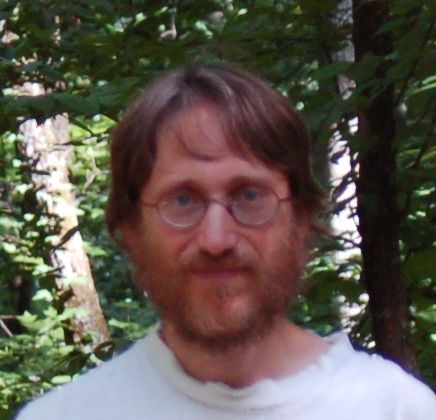I visited the Shawnee Community Garden this morning. I thought it was supposed to be a work day. There was no one there, but obviously someone’s been tending it! My own backyard garden has been struggling with the heat. I’ve been watering it by bucket; we finally hooked up a hose today.
Archive for June, 2011
I visited the Shawnee Community Garden this morning. I thought it was supposed to be a work day. There was no one there, but obviously someone’s been tending it! My own backyard garden has been struggling with the heat. I’ve been watering it by bucket; we finally hooked up a hose today.
Zheng and coworkers (2011) report that rates of deforestation currently exceed rates of afforestation in all regions of the continuous United States of America (USA). Their analysis indicates that forest disturbance is associated with reductions in carbon sinks. Thus we may conclude that forest policy in the USA is exacerbating anthropogenic climate change. Climate change, in turn, feeds back to affect the frequency and scale of forest disturbances that contribute to deforestation and destabilize forestry-dependent economies (Keskitalo et al.,2011).
Keskitalo and coworkers (2011) argue that forestry sectors need to adapt to environmental change and economic change concurrently. We need to recognize that these changes are aspects of the same phenomenon, the inherently unsustainable nature of expanding economies.
Literature cited
Keskitalo, E. Carina H.; Nicole Klenk; Ryan Bullock; Andrea L. Smith; and Dawn R. Bazely 2011. Preparing for and responding to disturbance: Examples from the forest sector in Sweden and Canada. Forests 2:505-524, doi: 10.3390/f2020505
Zheng, Daolan; Linda S. Heath; Mark J. Ducey; and James E. Smith 2011. Carbon changes in conterminous US forests associated with growth and major disturbances: 1992-2001. Environmental Research Letters 6:1 014012 doi: 10.1088/1748-9326/6/1/014012, http://iopscience.iop.org/1748-9326/6/1/014012/, accessed 3 April 2011.
Sanderson and Huron (2011) note the importance of urban biodiversity conservation. They argue that conservation is important in cities because, increasingly, that is where most people live. Sanderson and Huron provide two competing axioms on which to base conservation priorities. If the goal is to preserve nature intact, then conservation efforts should be concentrated in the wildest places. If the goal is to “restore the human relationship to nature”, then conservation efforts should be concentrated in cities.
The principle goal of conservation biology is clearly to conserve biodiversity. However, humans are part of biodiversity. Furthermore, conserving ecological relationships is necessary for biodiversity conservation and a worthy goal in itself. So we may consider restoring the human relationship to nature to be part of conservation, or at least part of restoration ecology.
But what is the human relationship to nature? Certainly humans interact with nature as much or more than ever, considering the scale of current anthropogenic impacts. In terms of human experience, however, humans are increasingly buffered from the real world by computer screens and paved ground. Urban life makes it especially challenging to feel connection to the natural world. Nevertheless, the interaction of urban humans with ecosystems extends far from cities. As Sanderson and Huron note, energy and materials are sourced from distant places in order for cities to function as they do.
So what aspects of human relationship to nature do we wish to restore? The psychological and spiritual understanding of nature is important to restore, for its own intrinsic value as well as for how our understanding of our relationship to our world affects biodiversity conservation. Perhaps there is something more concrete that we need to restore, a sustainable human relationship to nature. A sustainable relationship would be a set of interactions between humans and the Earth that does not undermine its ability to persist. However, one may argue that human interaction with nature has never been sustainable. If it had been, we would not be where we are today. So we must create, not restore, a sustainable relationship with nature.
Literature Cited
Sanderson, Eric W.; and Amanda Huron. 2011. Conservation in the City. Conservation Biology 25:421-423. DOI: 10.1111/j.1523-1739.2011.01683.x
Q: How many PhD’s does it take to change a light bulb?
A: Four: one to write the proposal, one to hire and train the techs, and one to write up the results.
Oh…and then there’s the PI!

